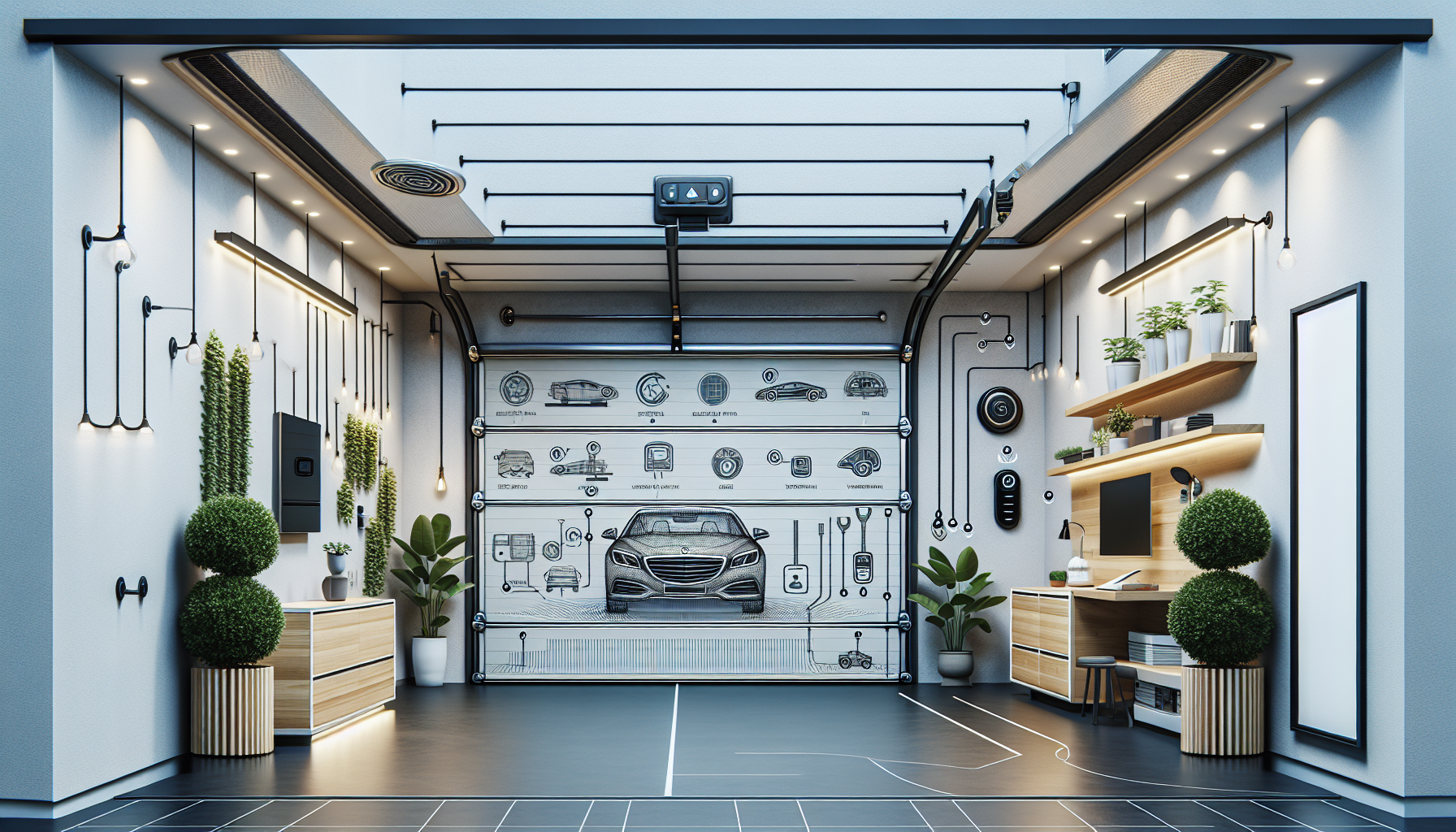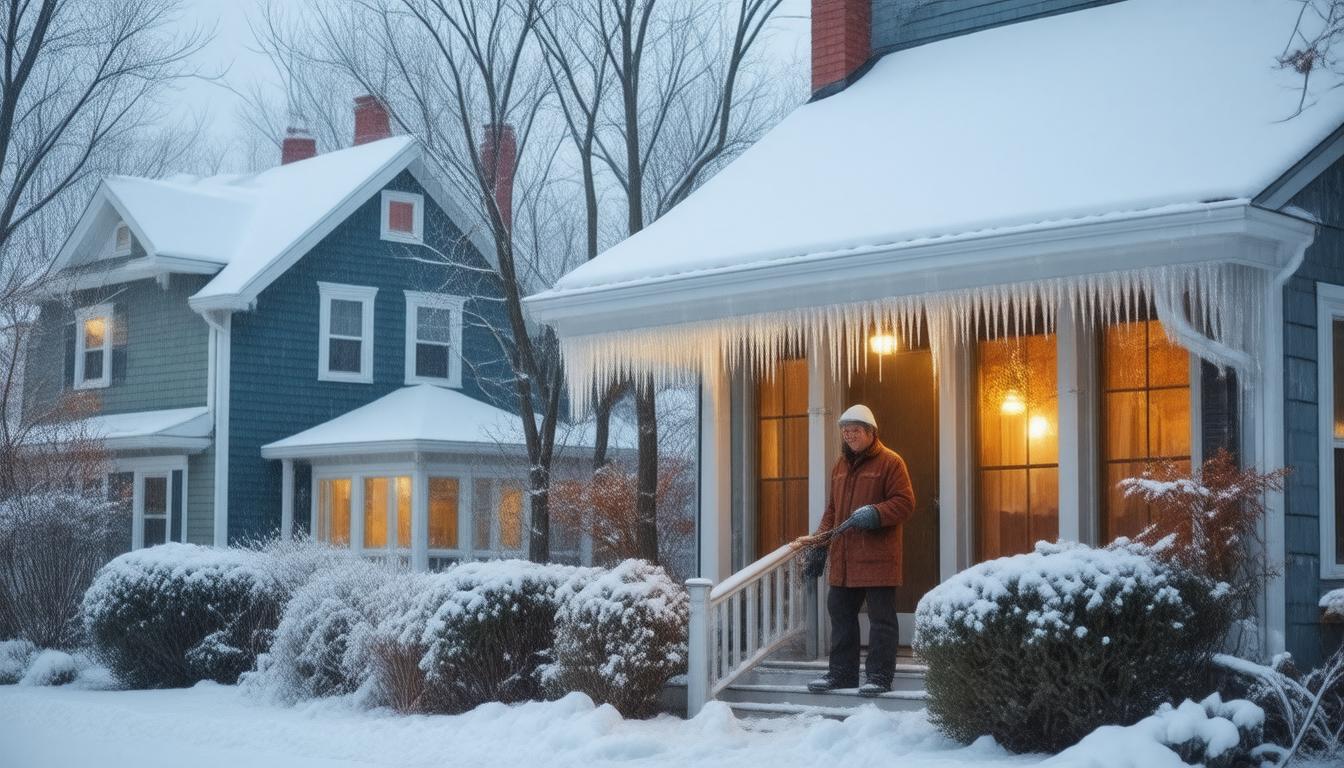
Before we delve into optimization, it’s important to understand the types of garage doors available. Typically, they fall into several categories: sectional, roll-up, side-hinged, and tilt-up. Each type has its own set of functionality and maintenance requirements. Selecting the right garage door not only depends on the aesthetic appeal but also on the space available, convenience, and climate.
Routine Maintenance for Smooth OperationRegular maintenance ensures that your garage door functions correctly and can extend its lifespan. Key steps include lubricating moving parts like springs, cables, and rollers with appropriate garage door lubricants. Avoid using heavy oils or grease that can attract dirt and grim, leading to premature wear. In addition, keep tracks clean and check for any loose bolts or screws, as well as test the balance of the door.
Upgrading Your Garage Door OpenerModern garage door openers offer features such as Wi-Fi connectivity, allowing for remote operation via smartphone. Upgrades can improve not only functionality but also safety with auto-reverse mechanisms that prevent the door from closing if an obstacle is detected. Choosing an opener with the right horsepower for your door type and weight is key to efficient function.
Enhancing Garage Ventilation The Importance of Proper VentilationAdequate ventilation is crucial to prevent the buildup of toxic fumes from vehicles and stored chemicals, and also to control temperature and humidity levels. It improves air quality, reduces the risk of harmful condensation, and helps protect your tools and equipment from rust and corrosion.
Natural Ventilation SolutionsIncorporating windows or vents into your garage design can help circulate air naturally. Ridge vents, roof vents, or simple side vents work by allowing warm, stale air to escape while drawing in fresh air through lower placed vents or windows. Installing screens can also prevent pests from entering while still promoting airflow.
Mechanical Ventilation OptionsFor garages that require more robust ventilation, exhaust fans are an excellent option. They can be wall-mounted or ceiling-mounted and are designed to pull out harmful fumes and bring in clean air. When selecting an exhaust fan, ensure that it’s powerful enough for your garage’s square footage and that it’s compatible with any existing ductwork.
Optimizing Airflow with Weatherstripping and InsulationProper weatherstripping and insulation not only conserve energy but also promote consistent air quality by preventing drafts and excess moisture. Door seals and threshold seals help prevent contaminants from entering and ensure that the space remains well ventilated. When applying insulation, focus on areas that are prone to air leaks, such as around the door frame and windows.
Concluding ThoughtsOptimizing your garage’s door functionality and ensuring adequate ventilation are both critical aspects of a well-maintained and safe home. Investing time and resources into these components will ultimately enhance the value of your property and provide a more comfortable, healthier environment for any projects or activities you perform in your garage space. Regular check-ups and being proactive with upgrades can make a significant difference in the longevity and efficiency of your garage system.







